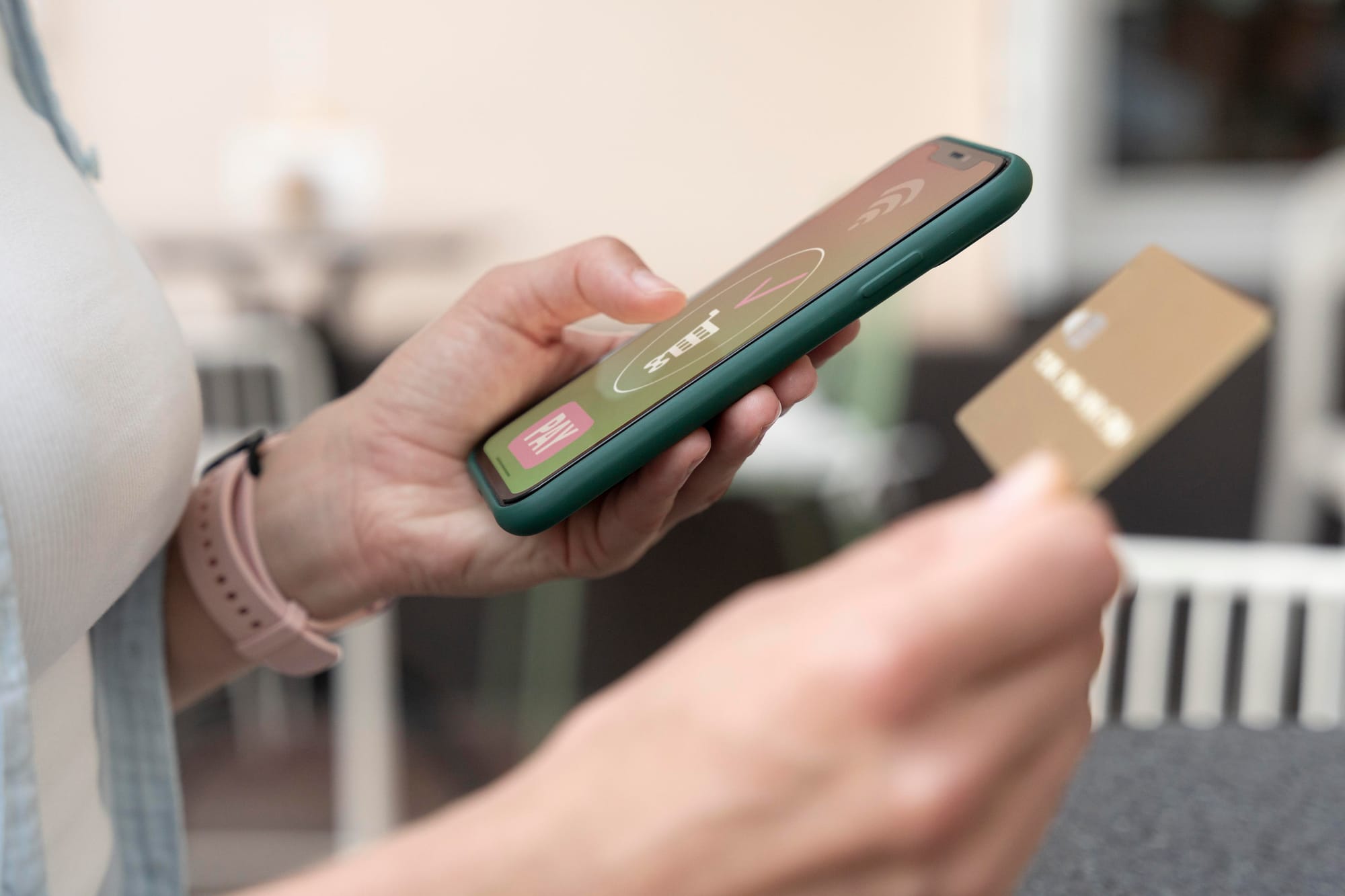Mobile Payments: Transforming How We Pay
Mobile payments are reshaping how we pay—faster checkouts, stronger security, and real-time spend tracking across wallets, banking apps, P2P tools, and mPOS. Here’s how they work, why they matter, and what’s next.

Mobile payments have revolutionized the way individuals and businesses conduct financial transactions. As smartphones and portable devices become central to our daily lives, mobile payment technologies offer a faster, safer, and more convenient alternative to traditional cash and card-based methods.
What Are Mobile Payments?
Mobile payments refer to any financial transaction made using a mobile device, such as a smartphone or tablet. Instead of paying with cash, check, or a physical credit card, consumers can use a payment app to pay for goods and services, transfer money, or even manage their finances directly from their mobile devices.
Types of Mobile Payments
There are several main categories of mobile payment systems:
Mobile Wallets (NFC Technology)
Apps like Apple Pay, Google Pay, and Samsung Pay securely store payment information and use Near Field Communication (NFC) to enable contactless payments in stores.
Mobile Banking Apps
Many banks offer apps that allow users to transfer funds, pay bills, and manage accounts, often including features like mobile check deposit and peer-to-peer (P2P) transfers.
Peer-to-Peer (P2P) Payment Apps
Services such as Venmo, PayPal, and Cash App let users send and receive money instantly, making splitting bills or paying friends effortless.
Mobile Point-of-Sale (mPOS) Systems
mPOS solutions turn smartphones or tablets into portable payment terminals, allowing businesses to accept payments anywhere.
How Mobile Payments Work
Mobile payments can be completed in various ways:
Contactless Payments: By tapping or waving a phone near a compatible terminal using NFC.
QR Codes: Scanning a QR code to initiate or accept payment.
Direct Mobile Billing: Charging purchases directly to a user’s mobile phone bill.
App-Based Payments: Using dedicated apps to transfer money or pay for goods and services.
Benefits of Mobile Payments
Mobile payment systems offer several advantages:
Convenience: No need to carry cash or cards; transactions can be completed with just a phone.
Speed: Payments are processed quickly, reducing checkout times.
Security: Advanced features like biometric authentication, tokenization, and encryption protect user data.
Accessibility: Mobile payments can reach unbanked populations, expanding financial inclusion.
Expense Management: Real-time tracking and notifications help users monitor spending.
Security Measures
Security is a top priority in mobile payment systems. Key security features include:
Biometric Authentication: Fingerprint or facial recognition to authorize payments.
Tokenization: Replacing sensitive data with unique tokens during transactions.
Encryption: Ensuring data is securely transmitted.
Multi-factor Authentication: Adding extra verification steps for account access.
Challenges and Considerations
Despite their benefits, mobile payments face some challenges:
Security Concerns: Ongoing threats like fraud and data breaches require constant vigilance.
Infrastructure: Not all regions have the necessary digital infrastructure for widespread adoption.
Standardization: Varying platforms and standards can complicate the user experience.
Consumer Education: Users may need guidance to feel confident using new payment technologies.
The Future of Mobile Payments
The future of mobile payments looks promising, driven by ongoing innovation:
Integration with Emerging Technologies: Blockchain and AI are expected to enhance security and personalization.
Wearable Devices: Smartwatches and fitness trackers are increasingly used for payments.
Global Expansion: Efforts continue to make mobile payments accessible in developing regions.
Personalized Experiences: Data analytics may offer tailored promotions and financial insights.
Mobile payments are reshaping the financial landscape, making transactions more seamless, secure, and inclusive. As technology continues to evolve, mobile payments will likely become the standard for both consumers and businesses worldwide.
Related: Payment Processing: What It Is, How It Works, and Why It Matters, Vet Invoice: Everything You Need to Know, and Vet POS: Streamline Your Veterinary Clinic’s Operations.
